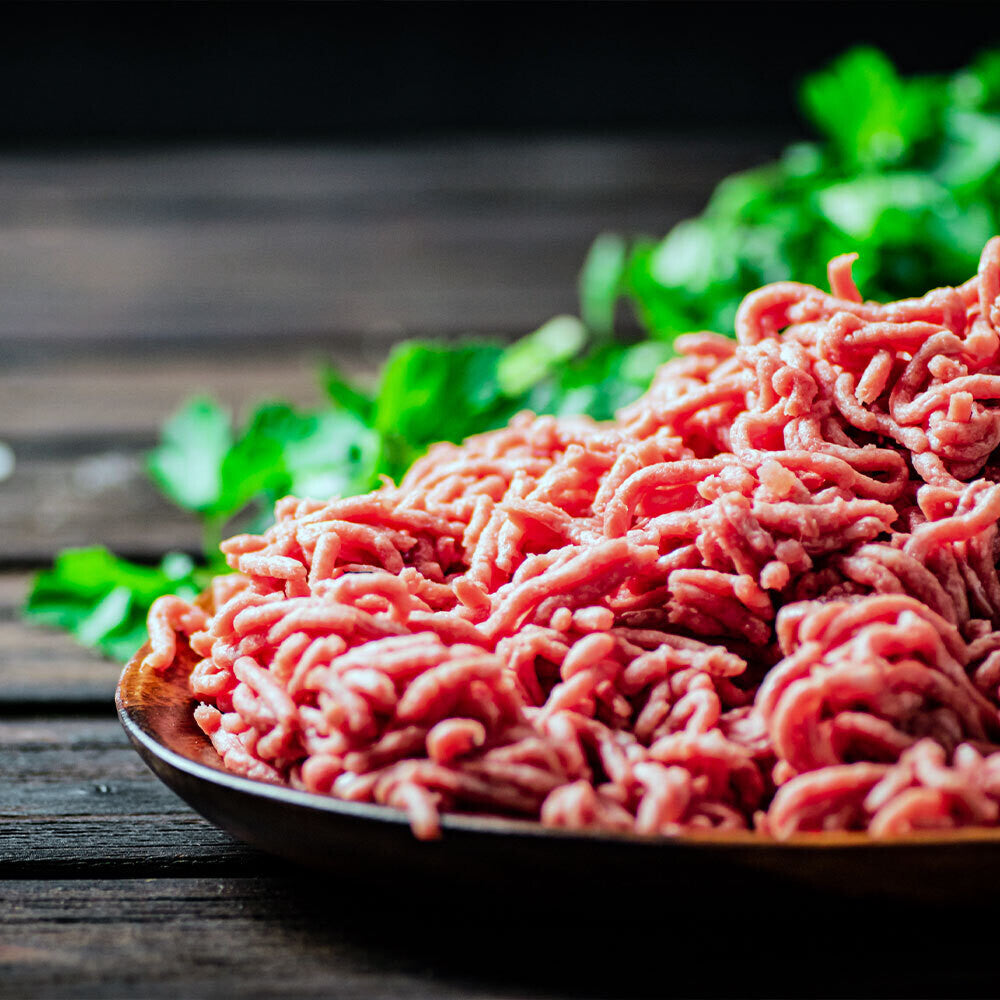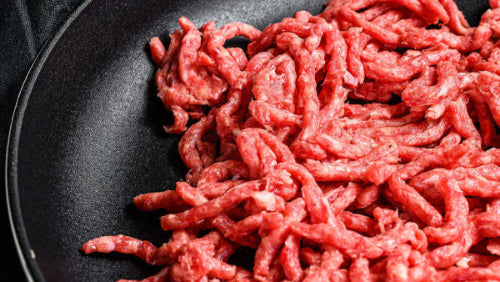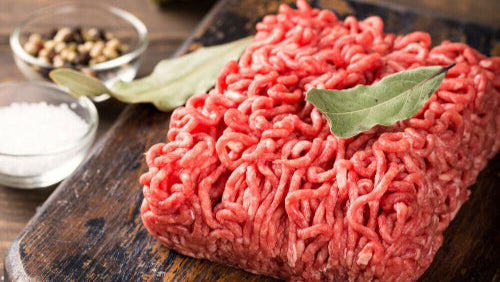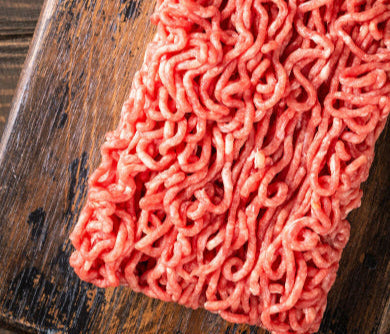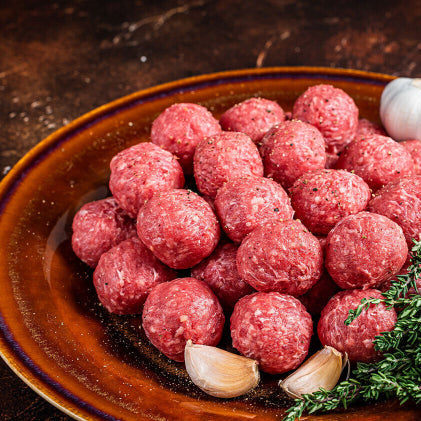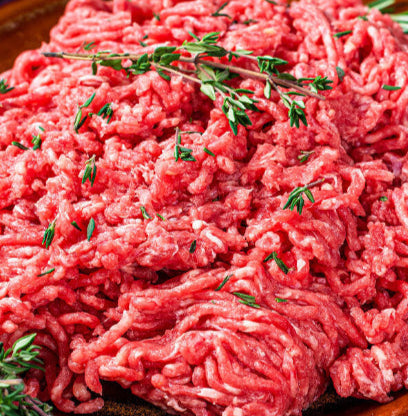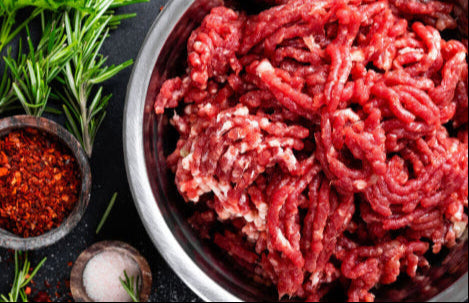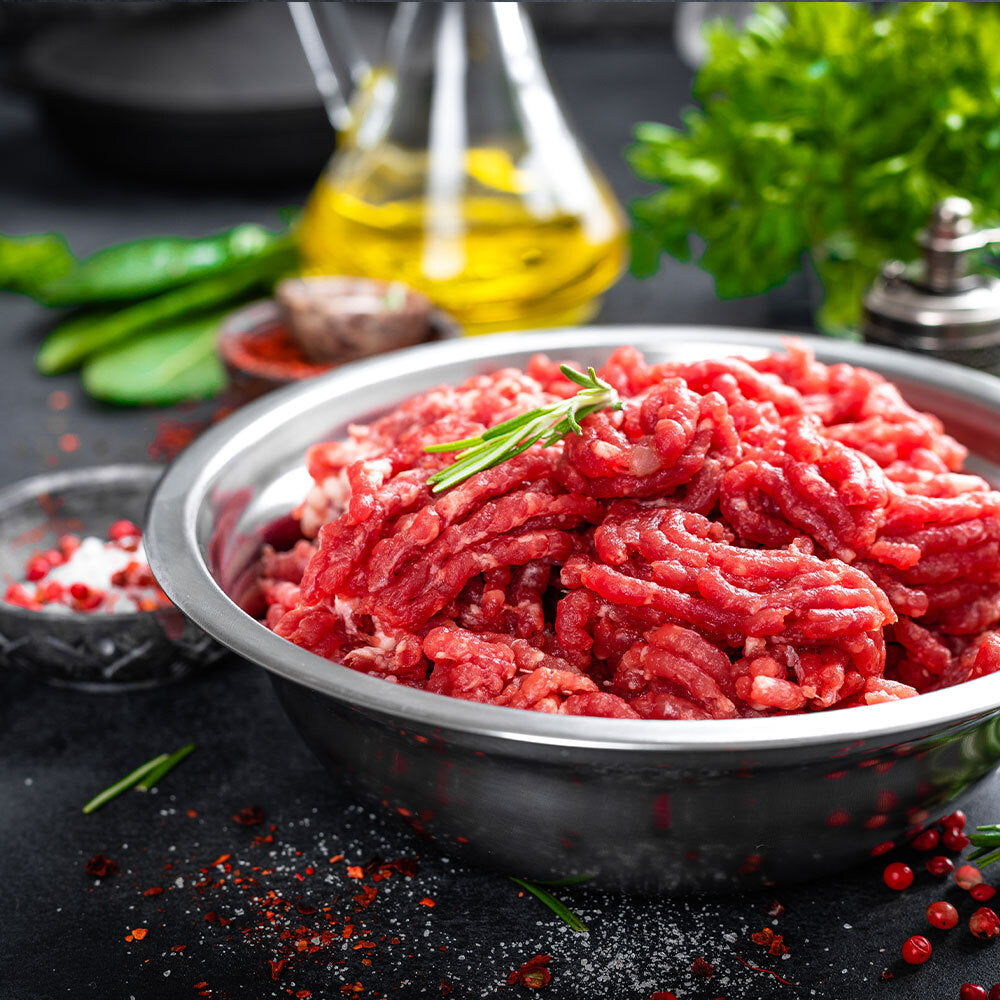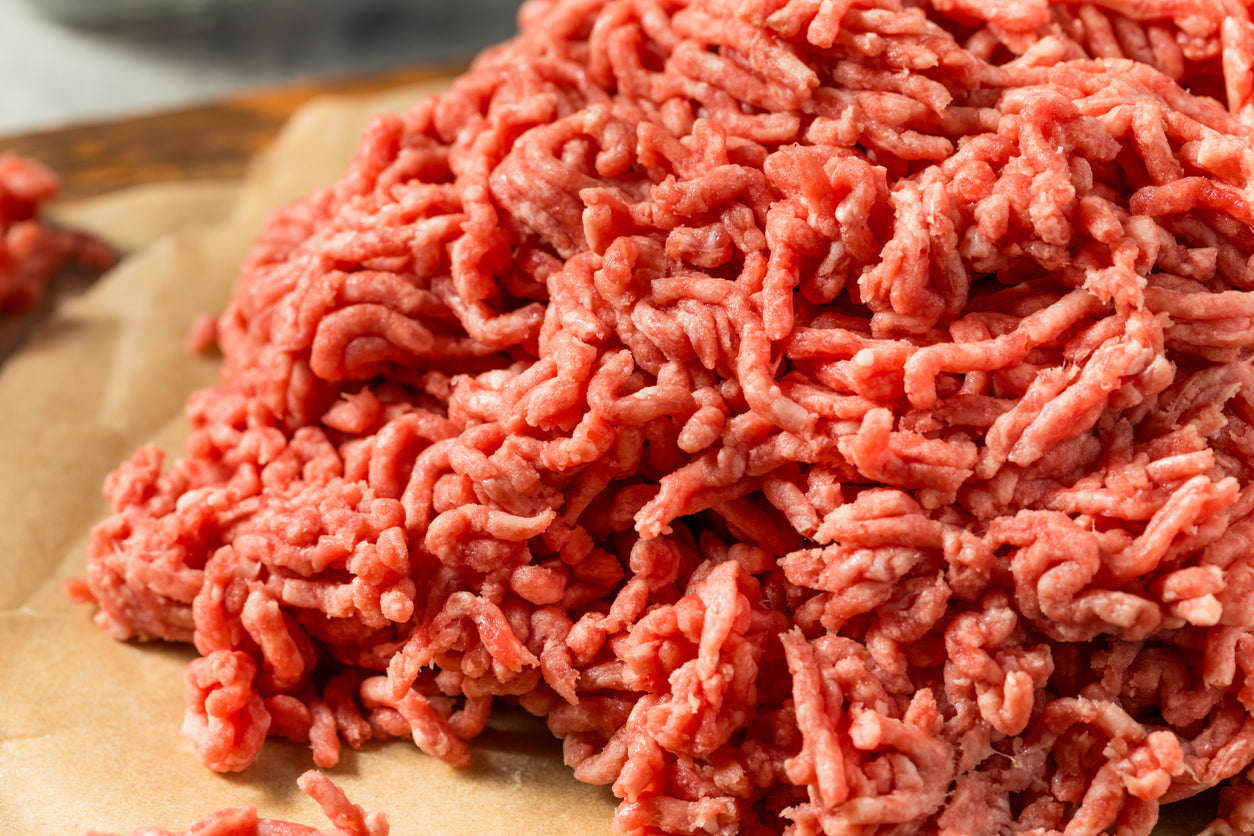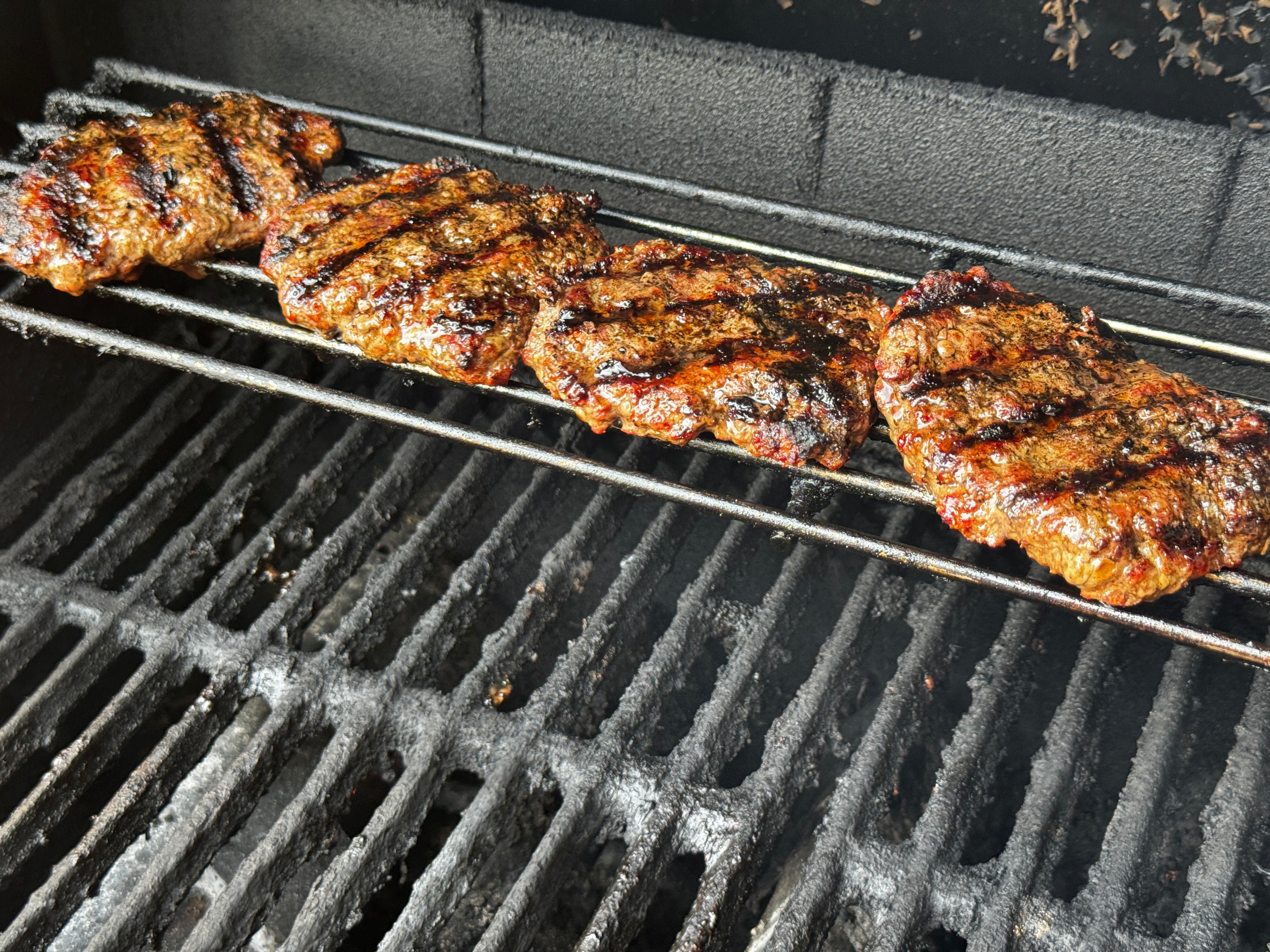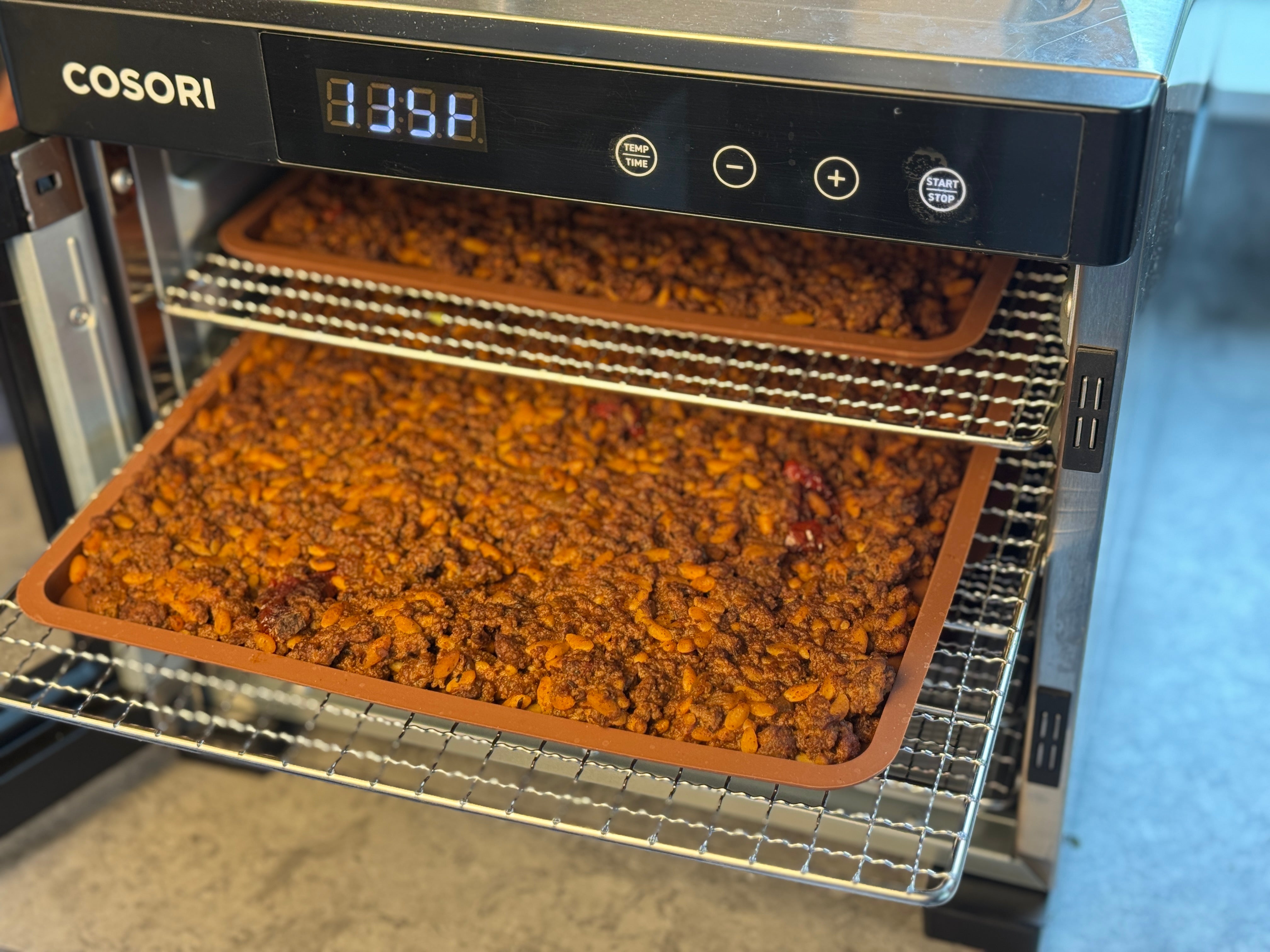
Dehydrated Mexican Orzo Chili for Long-Term Storage and Backpacking
One of the most practical skills for anyone interested in food independence is learning how to prepare shelf-stable meals at home. Instead of relying on commercial freeze-dried packets filled with additives, you can make your own meals with ingredients you trust.
This Mexican Orzo Chili is a good example. It’s hearty, simple, and built around grassfed beef and tomato sauce—ingredients that provide real nutrition. The orzo pasta gives body to the dish without overwhelming it, and the chili spices bring familiar comfort.
Why Dehydrated Meals Matter
Industrial food systems make us dependent on supply chains that are fragile and highly processed. By dehydrating meals yourself, you control the quality of ingredients and avoid unnecessary preservatives. It also gives you the flexibility to prepare for different situations—whether you’re stocking your pantry for emergencies, packing for a long hike, or just wanting quick meals that are ready to go.
Grassfed beef is especially important here. Unlike industrial beef, it brings more omega-3 fatty acids and other nutrients to the table. Dehydration locks in those benefits while removing the water, so the food remains light, compact, and ready to store for months or even years when sealed properly.
Storing and Using This Recipe
Once dehydrated, the chili can be vacuum-sealed or packed in mylar bags with oxygen absorbers. Stored in a cool, dry place, it can last well over a year—and even longer if frozen. For rehydration, you only need boiling water and about 20 minutes of patience. That makes it especially useful for backpacking or homestead pantries where convenience matters.
Mexican Orzo Chili Recipe (For Dehydration)
Ingredients
-
2 lbs lean ground beef (preferably grassfed)
-
3 pints tomato sauce
-
2 cups uncooked orzo pasta
-
1 medium onion, chopped
-
1–2 cloves garlic, minced
-
2 jalapeños, seeded and minced (optional)
-
4 tsp chili powder
-
2 tsp cumin
-
1 tsp dried oregano
-
1 tsp garlic powder
-
2 tsp onion powder
-
3 tsp paprika
-
1.5 tsp salt
-
0.5 tsp black pepper
-
0.5 tsp cayenne or red pepper flakes (optional)
-
1/4 cup chopped cilantro (optional, added after rehydration)
Preparation
-
Cook the orzo according to package instructions. Drain, rinse, and set aside.
-
Brown the beef in a skillet or pot. Drain excess fat (important for shelf stability).
-
Add onion, garlic, and jalapeño. Sauté until softened.
-
Stir in spices, tomato sauce, and cooked orzo. Simmer 5–10 minutes.
-
Let the mixture cool completely.
Dehydration
-
Spread the cooled mixture thinly on dehydrator trays lined with parchment or silicone.
-
Dehydrate at 135°F (57°C) for 8–10 hours, stirring or flipping as needed.
-
Mixture is done when crumbly and fully dry—beef firm, pasta snapping cleanly.
-
Cool completely before packing.
Storage
-
Vacuum-seal, store in mylar with oxygen absorbers, or pack in airtight containers.
-
Keep in a cool, dark place for up to 1 year; freeze for longer-term storage (up to 2 years).
-
Label with date and record weight before/after drying for easier rehydration.
Rehydration
-
Add boiling water equal to the lost weight (usually about 1 cup water per cup dried chili).
-
Let soak 15–20 minutes, then heat gently until warmed through.
Dehydrated Mexican Orzo Chili gives you real food security: a nutrient-dense, portable meal you can trust without relying on processed, packaged alternatives.
Q: Why use grassfed beef for dehydrated chili?
Grassfed beef has higher omega-3 fatty acids and conjugated linoleic acid (CLA) compared to grain-fed beef. It’s more nutrient-dense, which makes a real difference when building meals for storage or backpacking.
Q: How long will dehydrated chili last?
Stored in vacuum-sealed bags or mylar with oxygen absorbers, it will last about a year at room temperature. If kept in a freezer, it can store for up to two years.
Q: Can I use other pasta besides orzo?
Yes. Small pastas like macaroni or ditalini also work well, but orzo dehydrates and rehydrates more evenly than most.
Q: How do I rehydrate dehydrated chili on the trail?
Add boiling water (equal to the weight lost during dehydration, about 1 cup water per cup dried chili), soak for 15–20 minutes, and heat gently. For backpacking, you can use an insulated bag to rehydrate without simmering.
Q: Is dehydrating meals better than freeze-drying?
Dehydrating at home is more accessible and affordable than freeze-drying. While freeze-drying gives a longer shelf life, dehydrated meals are still shelf-stable for years when stored properly.









